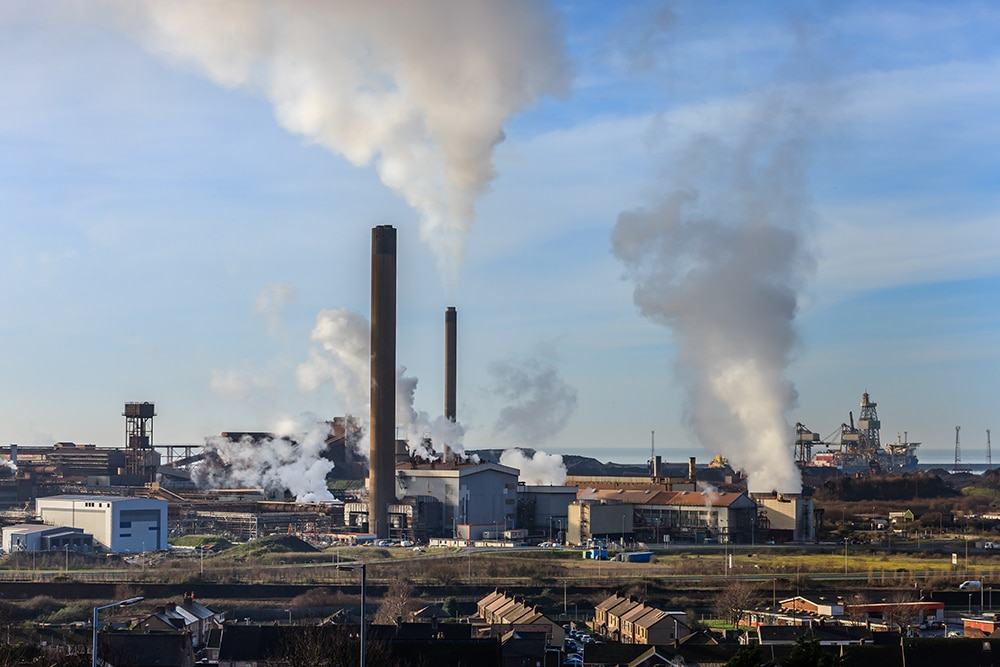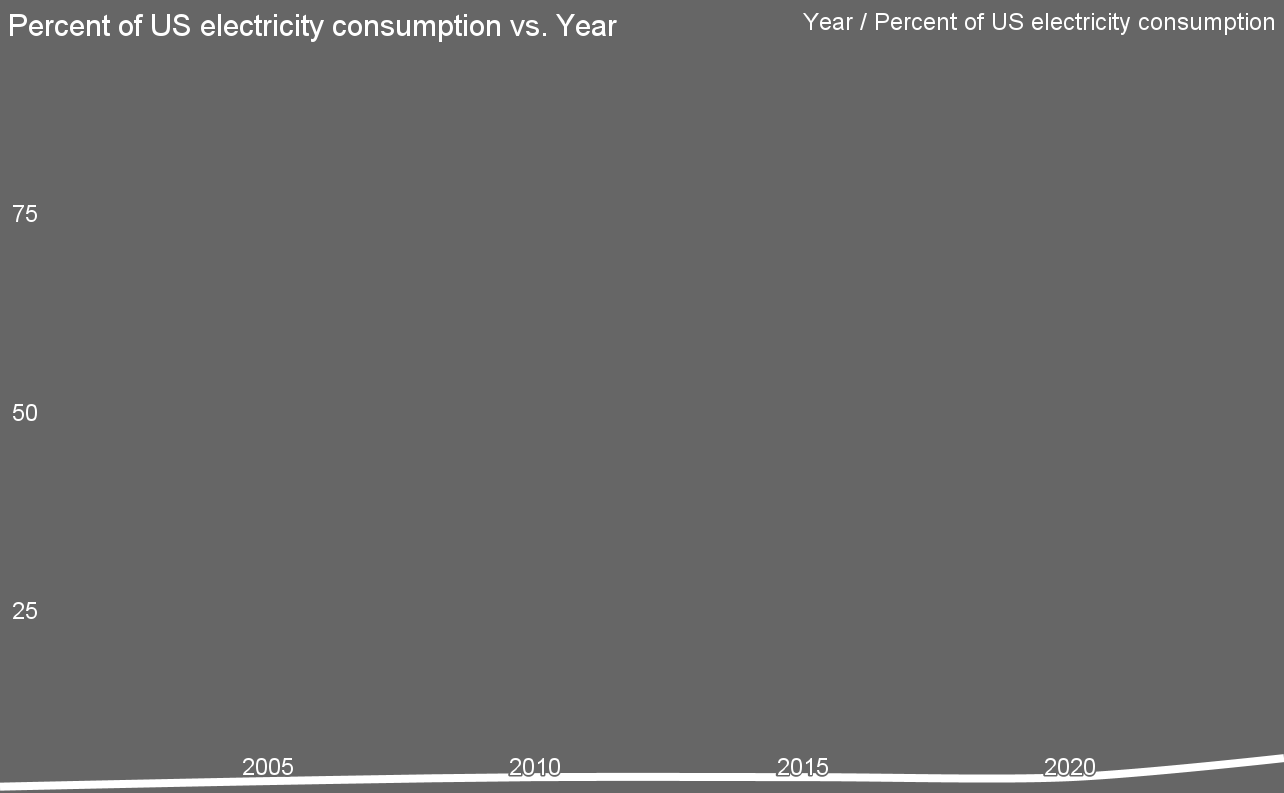Tata Steel recently appointed its main contractor for the installation of two planned electric arc furnaces at its Port Talbot works in Wales. As the largest steel industry production site in the UK, Port Talbot is a critical part of the country’s steel industry. As a result, analysts and buyers have been watching the overhaul of the site very closely.
“The project entails the construction of a new electric arc furnace, ladle furnaces and associated works, all built within the existing Basic Oxygen Steelmaking (BOS) plant and surrounding external areas,” Tata Steel said on January 28. The site is located 65 kilometers west of the Welsh capital, Cardiff, and about 290 kilometers from the UK capital of London.
Understand the macroeconomic factors affecting steel industry price shifts with MetalMiner’s Weekly Newsletter.
UK Steel Industry Hopes to See Production Return by 2027
UK building and civil engineering company Sir Robert McAlpine, which won the contract, is due to begin work on the project in Q1. Tata Steel stated that the company will be responsible for managing the main, civil, structural and building works needed for Port Talbot’s hot end.

The Indian multinational steelmaker added that actual building work is due to start in Q3, but is contingent on planning approval. The two electric arc furnaces at Port Talbot are tentatively due to start operating in 2027, and will have a listed crude capacity of 3 million metric tons per annum.
The Culmination of a Two-Year Plan
Tata Steel announced in September 2023 that it had reached an agreement with the UK government regarding finance for its £1.25 billion ($1.55 billion) project to convert to low-carbon steelmaking. HM Government is to provide £500 million ($620 million) toward the project under the agreement, while the remainder will come from Tata’s own coffers.

The company permanently pulled down Port Talbot’s two operating blast furnaces in H1 and H2 of 2024, and now uses slab feedstock from its other sites to continue its rolling operations for hot and cold rolled coil production.
Those blast furnaces could produce about 4.8 million metric tons of pig iron annually, while the site’s two basic oxygen furnaces could pour five million metric tons of crude steel per year. However, it is important to note that these were not operating at their listed capacities.
Changes in the steel industry have wide-ranging implications. MetalMiner’s monthly free MMI report gives monthly price trends for 10 different metal areas, including copper, stainless, aluminum and stainless. Sign up here.




